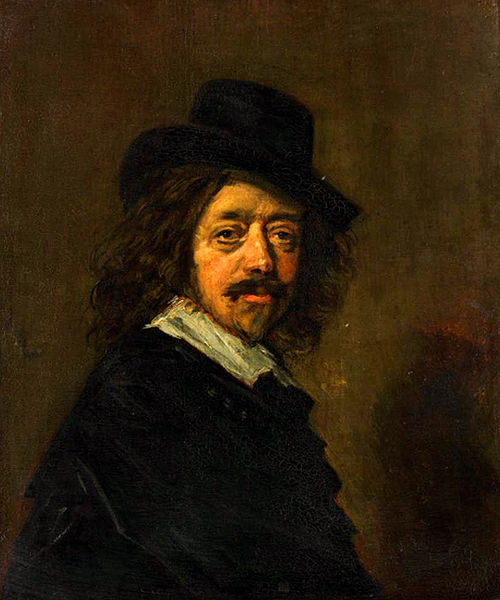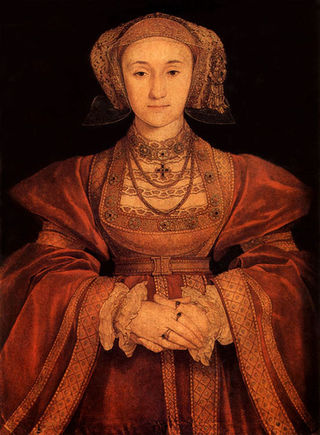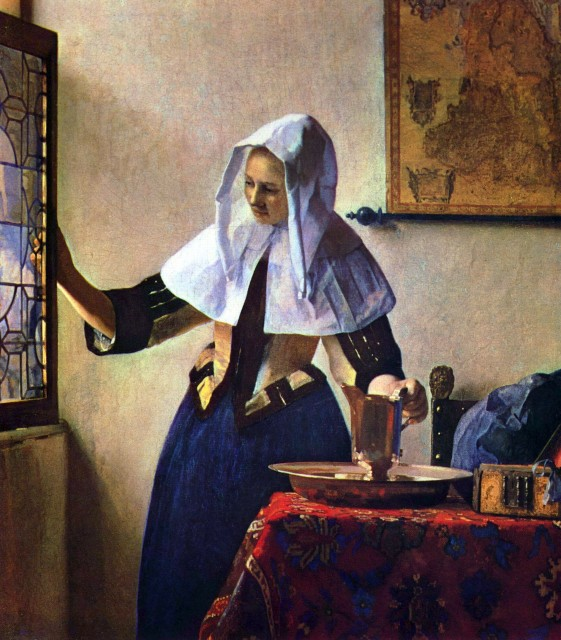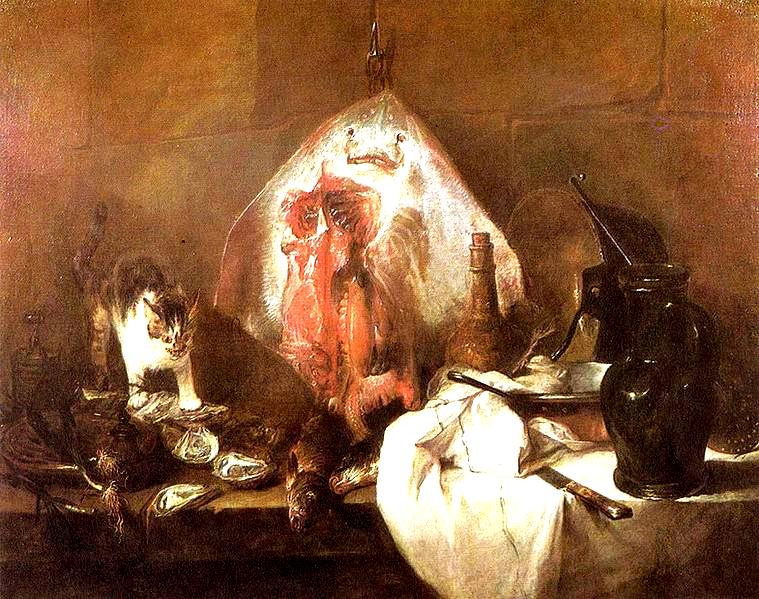
- •Michelangelo buonarroti (1475 – 1564)
- •I. Practice the pronunciation of the following words and word-combinations and learn them.
- •II. Practice the pronunciation of the following (a) toponyms and (b) proper names:
- •Thomas gainsborough (1727 – 1788)
- •I. Practice the pronunciation of the following words and word-combinations and learn them.
- •II. Practice the pronunciation of the following (a) toponyms and (b) proper names:
- •John constable (1776 – 1837)
- •I. Practice the pronunciation of the following words and word-combinations and learn them.
- •II. Practice the pronunciation of the following (a) toponyms and (b) proper names:
- •The dutch school
- •I. Practice the pronunciation of the following words and word-combinations and learn them.
- •II. Practice the pronunciation of the following (a) toponyms and (b) proper names:
- •The french impressionists
I. Practice the pronunciation of the following words and word-combinations and learn them.
as it was [əz ɪt 'wɒz] – так случилось, что …
to adorn [ə'dɔ:n] – украшать
altarpiece ['ɔ:ltəpi:s] – запрестольный образ (в церкви)
to indulge in smth [ɪn'dʌldʒ] – позволять себе удовольствие чего-л.
to be engaged in (some activity) [ɪn'geɪdʒd] – быть занятым чем-л.
except for … [ɪk'sept] за исключением чего-л / кого-л
to commission a picture [kə'mɪ∫n ə 'pɪkt∫ə] – заказывать картину
scenes from everyday life ['si:nz frəm 'evrɪdeɪ 'laɪf] сценки из повседневной жизни
gusto ['gʌstəʊ] – творческий порыв, вдохновение
for all … [fə◡'rɔ:l …] – несмотря на (всё) …
to be bathed in light ['beɪðd ɪn 'laɪt] – быть залитым светом
to silhouette smth [ˌsɪlu:'et] – показывать силуэт, намечать контуры чего-л.
rectangle ['rekˌtæŋgl] – прямоугольник
a curve of the figure ['kз:v əv ðə 'fɪgə] – изгиб фигуры
to invest smth with smth else [ɪn'vest] наделять что-л. чем-л.
to anticipate smth [æn'tɪsɪpeɪt] – предвосхищать что-л.
II. Practice the pronunciation of the following (a) toponyms and (b) proper names:
(a) Flanders ['flɑ:ndəz] – Фландрия
Flemish ['flemɪ∫] – фламандский
Holland ['hɒlənd] – Голландия
(Dutch ['dʌt∫] – голландский; Danish ['deɪnɪ∫] – датский)
Netherlands ['neðələndz] – Нидерланды
Spain [speɪn] – Испания
(Spanish ['spænɪʃ] – испанский)
(b) Ann of Cleves ['æn əv 'kli:vz] – Анна Клевская (1515 – 1557)
(четвёртая супруга короля Англии Генриха VIII (1540))
Brueghel ['bru:g(ə)l] – Брейгель, Питер, Старший (1525/1530 – 1569)
(фламандский художник)
Frans Hals ['frɑ:ns 'hæls] – Халс, Франс (1581/1585 – 1666)
(голландский художник-портретист)
Holbein ['hɒlbeɪn] – Хольбейн, Ханс, Младший (1497/1498 – 1543)
(немецкий художник-портретист)
Jacob van Ruisdael ['dʒeɪkəb ˌvæn 'raɪzdɑ:l] – Якоб Ван Райсдаль
(1628/1629 – 1682) (голландский художник-пейзажист)
Jan Steen ['dʒæn 'sti:n] – Ян Стен (1626 – 1679)
(голландский художник)
Jan van Goyen ['dʒæn ˌvæn 'gɔɪən] – Ян Ван Гойен (1596 – 1656)
(голландский художник-пейзажист)
Jean-Baptiste-Siméon Chardin ['ʒɑ:ŋ bə'tɪst sə'mɒŋ ∫ɑ:r'dɑ:ŋ] –
Жан Батист Симеон Шарден (1699 – 1779) (французский художник)
Johannes / Jan / Vermeer ['dʒəʊhən vз:'meə / -mɪə] –
Ян Вермер (1632 – 1675) (голландский художник)
Meindert Hobbema ['meɪndət 'hɒbɪmə] – Мейндерт Хоббема
(1638 – 1709) (голландский художник-пейзажист)
Pieter de Hooch ['pɪətə də 'hu:∫] – Петер де Хуш (1629 – 1684)
(голландский жанровый художник)
Rembrandt van Rijn ['rembrənt ˌvæn 'raɪn] – Рембрандт Ван Рейн
(1606 – 1669) (голландский художник)
Read and translate the text.
The dutch school
In the 17th century, Holland and Flanders, then known as the Spanish Netherlands, freed themselves from the control of Spain. As it was, for about a century the Dutch struggled to establish an independent nation, as they were Protestant, while the Flemish remained Roman Catholic. Flemish art continued to serve the church in paintings of religious subjects to adorn altarpieces and chapels. The Protestants did not believe in decorating their churches with works of art. They were very proud, however, of the country they had won at the cost of so much blood and suffering. As they prospered, the rich burghers indulged in the luxury of portraits of themselves and their wives and pictures to hang in their homes.
These paintings showed the beautiful Dutch countryside, charming village streets and houses, the interiors of homes and taverns, and simple people engaged in everyday duties and pleasures. The pictures were small in scale. Except for a few commissioned to hang in guildhalls and town halls, they were intended to ornament the private home.
 A
flourishing school of landscape painting produced such masters as
Meindert Hobbema, Jan van Goyen, and Jacob van Ruisdael. Other
artists – Jan Steen and Pieter de Hooch, for example – painted
scenes from everyday life. But the greatest of the Dutch school were
Rembrandt, Vermeer, and Hals.
A
flourishing school of landscape painting produced such masters as
Meindert Hobbema, Jan van Goyen, and Jacob van Ruisdael. Other
artists – Jan Steen and Pieter de Hooch, for example – painted
scenes from everyday life. But the greatest of the Dutch school were
Rembrandt, Vermeer, and Hals.

 Frans
Hals in his painting The
Gypsy Girl
gives us a good idea of the vigor and love of life of the Dutch
people. His painting is not “finished” like that of artists
before him. The paint looks as if it had been put on very quickly.
This technique carries a feeling of dash and gusto rather than of
refinement and dignity. Compare The
Gypsy Girl
with Holbein's Anne
of Cleves.
For all its truth to nature and its beauty of detail, the Holbein
portrait is precise, formal, and posed. The portraits of Hals, with a
few brush strokes, seem to have caught a fleeting expression –
amusement, scorn, mischief – and fixed it on canvas forever.
Frans
Hals in his painting The
Gypsy Girl
gives us a good idea of the vigor and love of life of the Dutch
people. His painting is not “finished” like that of artists
before him. The paint looks as if it had been put on very quickly.
This technique carries a feeling of dash and gusto rather than of
refinement and dignity. Compare The
Gypsy Girl
with Holbein's Anne
of Cleves.
For all its truth to nature and its beauty of detail, the Holbein
portrait is precise, formal, and posed. The portraits of Hals, with a
few brush strokes, seem to have caught a fleeting expression –
amusement, scorn, mischief – and fixed it on canvas forever.
 Rembrandt
van Rijn was another great artist in the Dutch school. Like Hals, he
concentrated on portraits and scenes of 17th-century Dutch life. The
attractive subject of Young
Girl at an Open Half-Door
is humble, thoughtful, and serious. It is, however, the treatment of
light which chiefly attracts us. The head and left hand of the girl
are bathed in a soft, glowing, and almost magical light. Behind her a
dull glow silhouettes the right side of her figure. This treatment of
light and dark is called chiaroscuro. Fine changes of color tone
create a deep space in which the figure is placed. No greater master
of light than Rembrandt ever lived. He seems to light up not only the
faces and figures of his subjects but their innermost thoughts as
well.
Rembrandt
van Rijn was another great artist in the Dutch school. Like Hals, he
concentrated on portraits and scenes of 17th-century Dutch life. The
attractive subject of Young
Girl at an Open Half-Door
is humble, thoughtful, and serious. It is, however, the treatment of
light which chiefly attracts us. The head and left hand of the girl
are bathed in a soft, glowing, and almost magical light. Behind her a
dull glow silhouettes the right side of her figure. This treatment of
light and dark is called chiaroscuro. Fine changes of color tone
create a deep space in which the figure is placed. No greater master
of light than Rembrandt ever lived. He seems to light up not only the
faces and figures of his subjects but their innermost thoughts as
well.

 Johannes
Vermeer was born 26 years later than Rembrandt. He painted
comparatively few pictures, working slowly and with the utmost care.
His subjects are typically a single figure in a Dutch room, engaged
in some simple task – preparing a meal, pouring milk or water from
a jug, reading a letter, or simply taking a nap. Often there is a
window at the left or an open door through which light illuminates
the subject. For Vermeer also was a master of light.
Johannes
Vermeer was born 26 years later than Rembrandt. He painted
comparatively few pictures, working slowly and with the utmost care.
His subjects are typically a single figure in a Dutch room, engaged
in some simple task – preparing a meal, pouring milk or water from
a jug, reading a letter, or simply taking a nap. Often there is a
window at the left or an open door through which light illuminates
the subject. For Vermeer also was a master of light.
In the picture Young Woman with a Water Jug we see an interior bathed in a soft glow which falls almost lovingly on all the objects in the picture. The composition is informal but carefully planned on a series of rectangles – the map on the wall, the corner of the wall, the casement window, and the table edge. These are balanced by the curves of the figure and the basin. Vermeer uses the elements of a simple domestic scene to create unified areas of light and shade.
Textures are rendered with the greatest realism. One can almost feel in his fingertips the heavy wool rug over the table, the crisp linen of the woman's headdress, the leather of the chair back, the metal of the pitcher.
Above all, his marvelous rendering of color values gives the picture a most realistic impression of depth and space. At the same time it unifies everything with a soft blue tone and makes it glow with warmth and light.

 The
interest of Dutch people in their surroundings led artists to paint
landscapes such as Wheatfields
by Jacob van Ruisdael. In comparison to Brueghel, Van Ruisdael is not
so much interested in man's relation to nature as in nature itself –
the sky, the land, and the trees that make up a landscape. Man is
small as compared to the great forces of nature.
The
interest of Dutch people in their surroundings led artists to paint
landscapes such as Wheatfields
by Jacob van Ruisdael. In comparison to Brueghel, Van Ruisdael is not
so much interested in man's relation to nature as in nature itself –
the sky, the land, and the trees that make up a landscape. Man is
small as compared to the great forces of nature.
Although he lived almost a century later than Van Ruisdael, Jean-Baptiste-Siméon Chardin, the French painter, is similar in spirit to these Dutch artists. Most of the other important painters of his day were in the employ of the aristocracy and painted pictures of court life. Chardin painted the activities and interests of the common people. He invested those activities with an imagination that lifts them far above the commonplace. Chardin became interested in painting still lifes. He developed a technique of placing colors one against the other, rather than blending them, that anticipated the impressionists a century later.
Illustrations: 1. Frans Hals.Self-portrait; 2. Frans Hals. Gypsy Girl (1628-30); 3. Hans Holbein the Younger, Anne of Cleves (1539); 4. Rembrandt, Self-portrait (1660); 5. Rembrandt, Young Girl at an Open Half-Door (1645); 6. Vermeer Young Woman with a Water Jug (ca 1664-1665); 7. Jacob van Ruisdael, Wheat Fields (ca 1670); 8. Chardin, The Ray, 1728.
TASKS:
I. Give Russian equivalents of the following:
to free oneself from smth; to believe in doing smth; to be proud of smth; to indulge in the luxury of smth; to be engaged in (some activity); to commission a picture; to be intended to do smth / for smth; a flourishing school of landscape; to give (a viewer) a good idea of smth; to catch a fleeting expression; to take a nap; to render smth with great realism; to lead smb to do smth; to be similar in spirit to smb; to be in the employ of smb; to invest smth with smth else; to become interested in smth; to develope a technique.
II. Give English equivalents of the following:
испанское владычество; основать независимое государство; добиться чего-л. ценой чего-л. ещё; заниматься будничными делами; любовь к жизни; быть залитым светом; сокровенные мысли; заказать картину; по сравнению с кем-л. (2 варианта); возносить что-л. (далеко) за пределы обыденного; накладывать цвета друг на друга; смешивать цвета; предвосхищать (какое-л направление).
III. Match the words on the right with their synonyms on the left:
1. truth to nature A. represent
2. color value B. be a forerunner of
3. render C. despite
4. dull D. decorate
5. treat E. outline
6. take a nap F. when compared to
7. adorn G. light and dark
8. in comparison to H. serve
9. be in the employ of I. dim
10. make up J. handle
11. silhouette K. realism
12. for all L. have a short sleep
13. anticipate M. constitute
UNIT V
PRE-TASKS:
